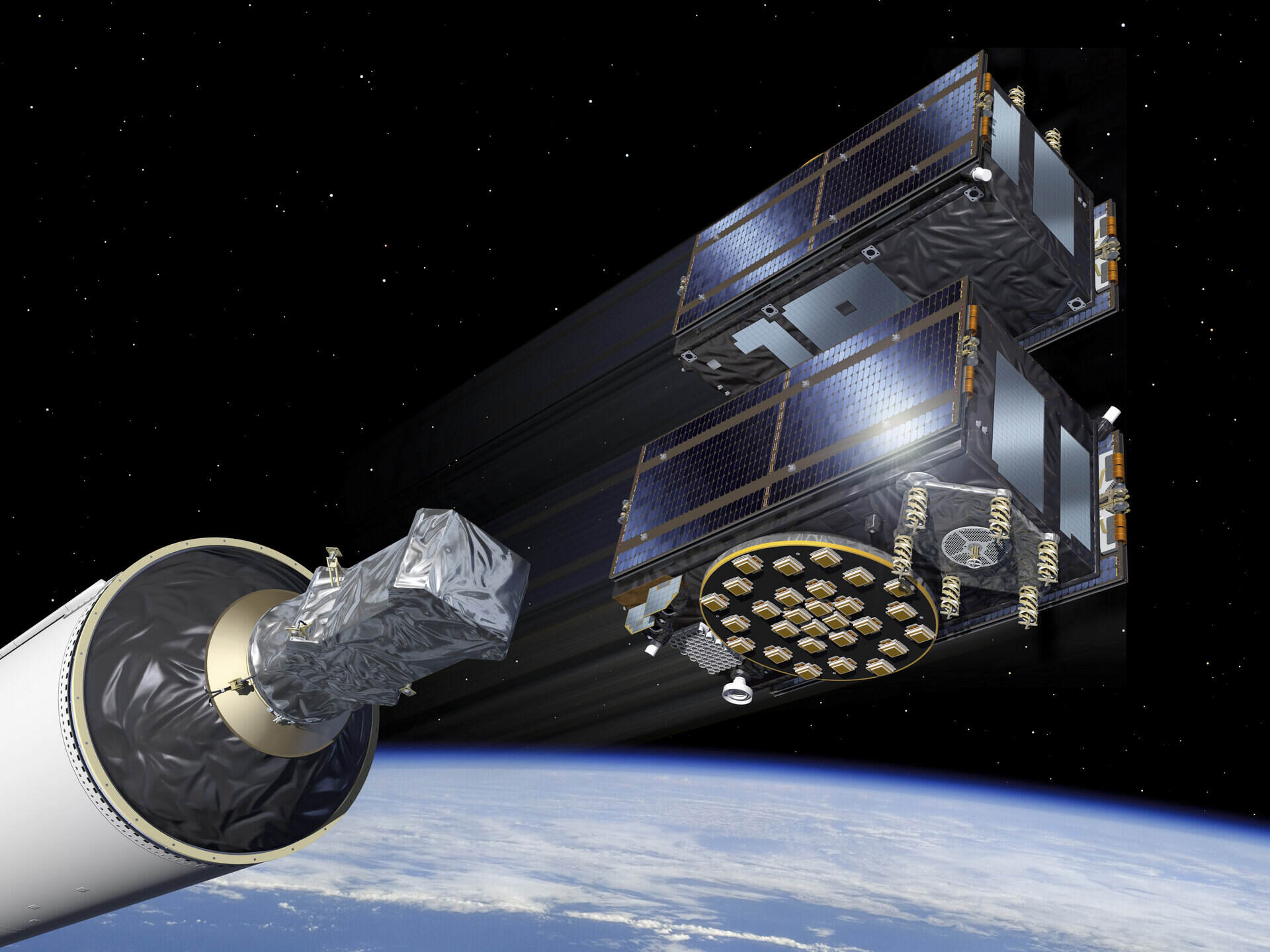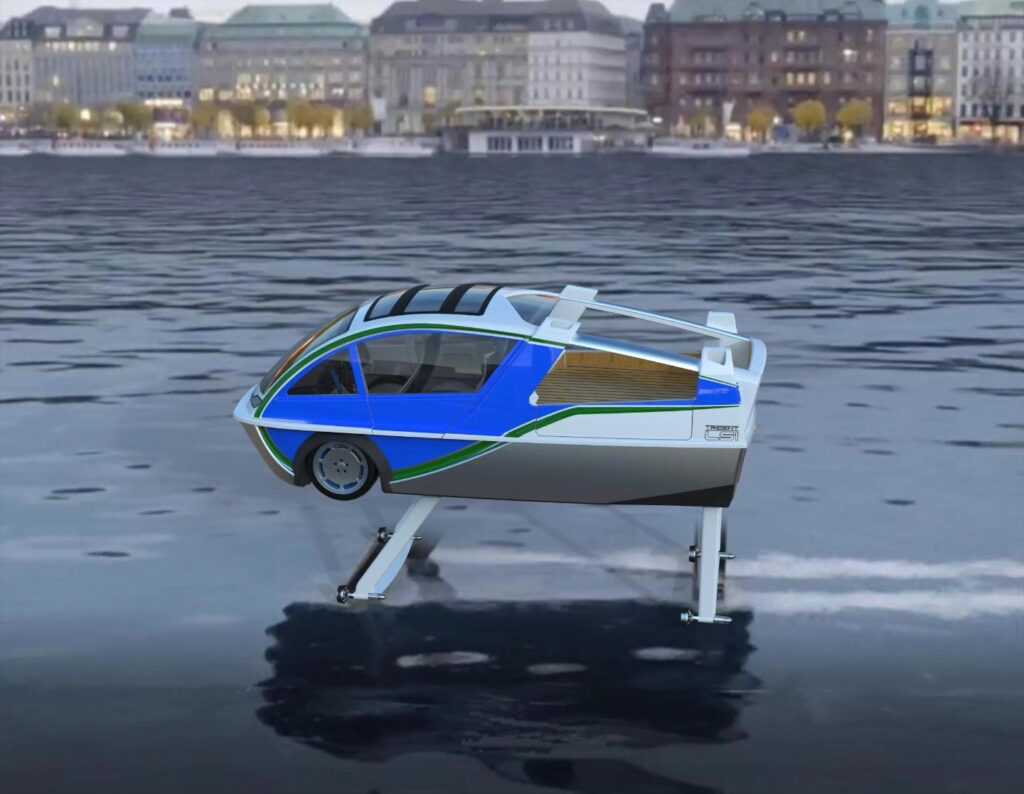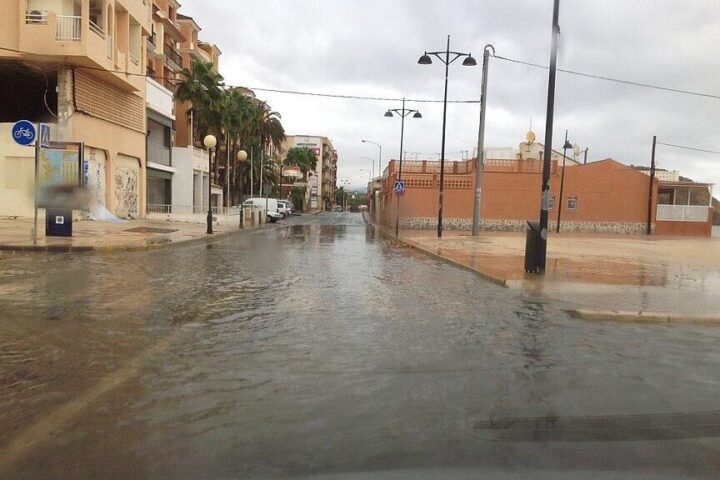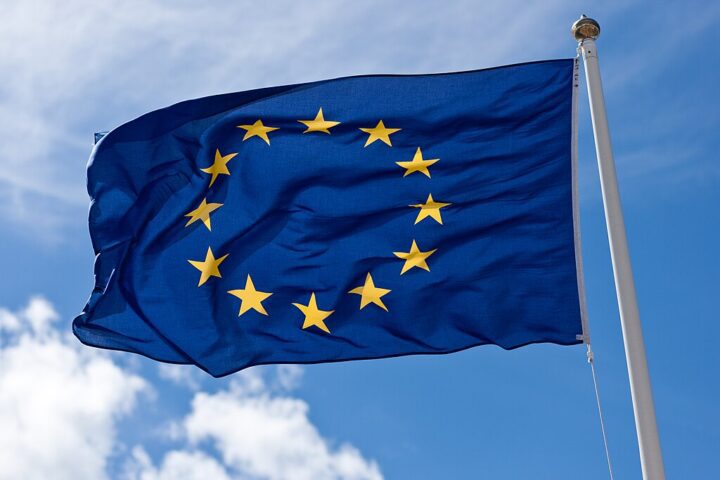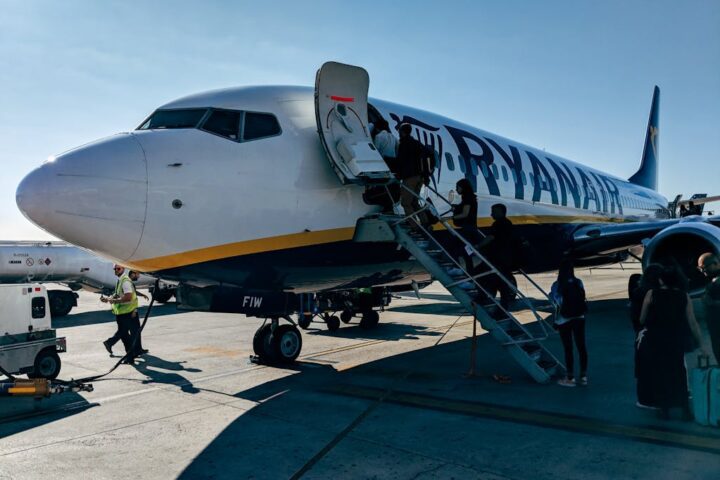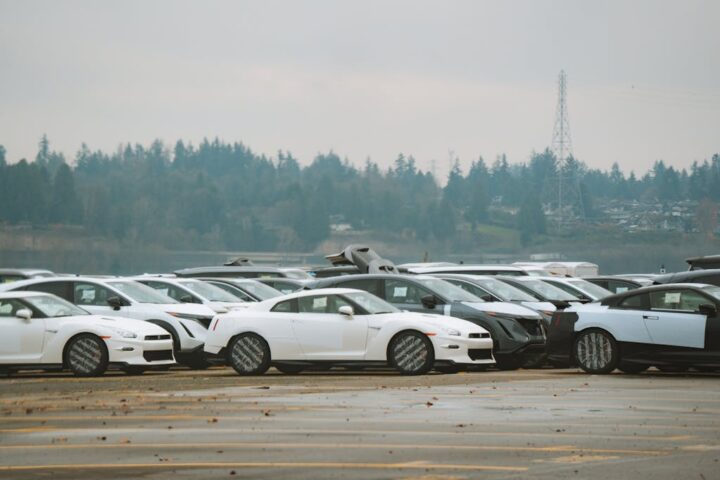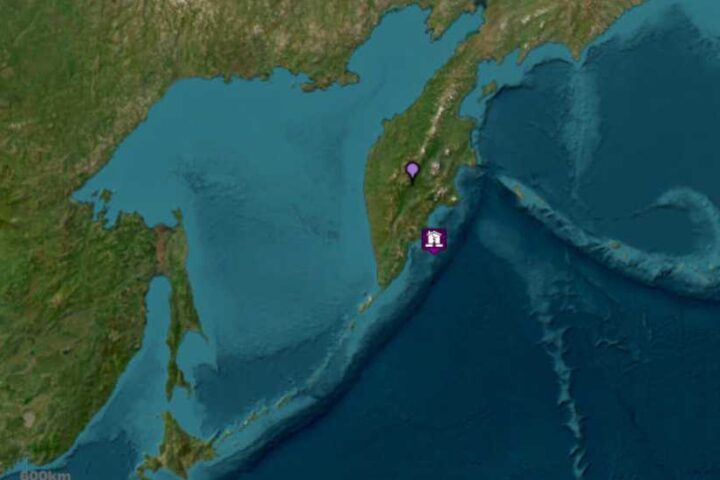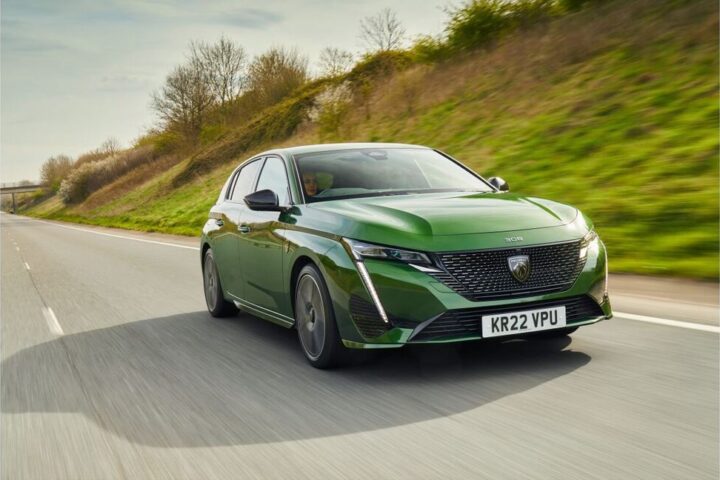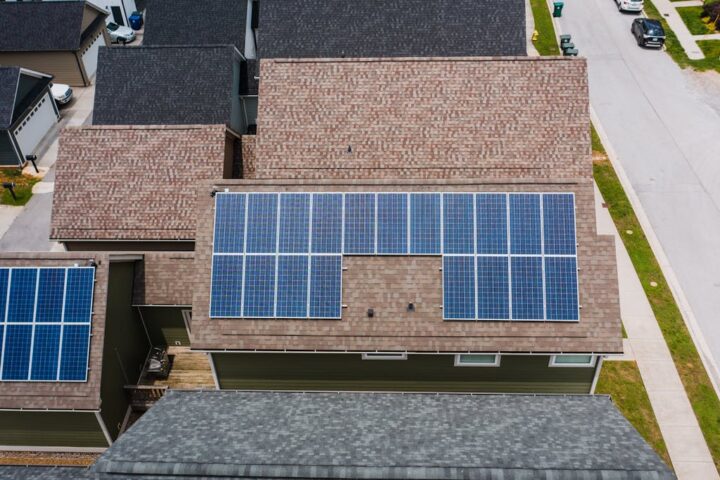With a military salute, SpaceX, bid farewell to the B1060 rocket, which the company sacrificed on Sunday with the goal of launching two Galileo satellites for the European Commission.
A high-flying mission for the European Commission. The Falcon 9 lifted off at 00:34 UTC on April 28 to place two Galileo navigation satellites into orbit, the European version of GPS, which now depends on SpaceX since the Ariane 5 rocket has been retired and the Ariane 6 rocket is not yet operational.
Due to the extra effort required to launch two satellites into a medium orbit at 23,220 km altitude, it was expected that the first stage of the Falcon 9 would not have enough fuel to land, so it was discarded after separating from the second stage to crash into the ocean once its mission was complete. Although it is common with the central stage of the Falcon Heavy (and practically with the rest of the world’s rockets), this was the first time since November 2022 that SpaceX has expended a Falcon 9 booster.
In most of the rocket’s missions, there is enough fuel left after stage separation for the booster to land, either on an autonomous barge in the ocean or on solid ground. Then the rocket is inspected and flies again, with the recent exception of one that fell into the sea during a storm. It had been 146 flights since SpaceX arbitrarily discarded a Falcon 9. The old B1060 stage, farewelled this weekend, had launched 20 times, matching the record.
Throughout its trajectory, this rocket launched 228 tons of cargo into orbit and beyond (it was the launcher for the Intuitive Machines IM-1 lunar mission). It has also been featured in the GPS III-3, Turksat 5A, Transporter-2, Intelsat G-33/G-34, Transporter-6 missions, and 13 routine Starlink satellite launches. Thanks to its unique ability to reuse parts of the Falcon 9, SpaceX has already landed 300 times, as many as most of its competitors have flown, except for Russian rockets (the Soyuz-U remains number 1 with nearly 790 launches).
Perhaps the most surprising thing is the Falcon 9’s landing success rate: over 96%, considering the 11 failures that SpaceX has accumulated since 2017. The rocket that launched the Galileo satellites not only carried a first stage that had been used 19 other times, but also two used halves of the fairing that is placed on the tip of the launcher to protect the satellites (and which are recovered from the sea thanks to an avionics system and a parachute). Starship will close the circle when it becomes the first fully reusable orbital rocket.
The American aerospace company SpaceX launched a Falcon 9 rocket last Saturday with the Galileo L12 mission of the European Commission to medium Earth orbit from Launch Complex 39A (LC-39A) at the Kennedy Space Center in Florida. Galileo is the European satellite navigation system and has served more than 4 billion phone users worldwide since it entered open service seven years ago.
The European Union Agency for the Space Programme (EUSPA) has announced the entry into the Launch and Early Orbit Phase (LEOP) of the two new Galileo L12 satellites, which will join the current operational Galileo fleet in the coming months. The latest series of Galileo satellites is being operated by EUSPA and the Galileo Service Operator for the Early Orbit Phase (EOP).
The EUSPA operations team, through its Galileo Service Operations provider, assumed control of satellite operations as they separated from the launch vehicle and began their automated initialization sequence. Telemetry has been successfully acquired, their solar panels deployed, and batteries are charging, bringing the satellites to what is called the Hold Point.
The EOP is a vital step in a space mission, which includes the gradual activation and testing of the satellite platform components once in orbit. From the Galileo Control Center in Oberpfaffenhofen, Germany, the dedicated LEOP team will navigate the satellites to their designated orbit in the coming days. After rigorous in-orbit testing and commissioning, the satellites will be integrated into the operational Galileo constellation at an altitude of 23,220 kilometers.
Similar Post
The mission is a collaboration between the European Commission, which leads the management of Galileo, EUSPA in charge of operations and services with the support of the Galileo service operator (SpaceOpal), and the European Space Agency (ESA), which acts as the design authority responsible for development.
“Many strategic sectors depend on it: already 10% of the EU’s yearly GDP relies on satellite navigation and this is set to increase. From finding our way, to supporting Search and Rescue activities and providing ultra-precise timestamps for all kinds of institutional and commercial applications, Galileo is integral to our everyday lives,” explained ESA in a press release. “Since the conception of Galileo, 38 Galileo satellites have been developed and tested by ESA and European industry for the EU’s Galileo programme. Of these, four In-Orbit-Validation and 26 Full Operation Capability satellites have been placed in orbit with 12 launches,” ESA added.
